This year in Ivory Coast, the celebration of World Health Day coincided with the official launch of a large-scale vaccination campaign aimed at eradicating cervical cancer.
In Ivory Coast, efforts are being made to strengthen services dedicated to mothers and children. The country has launched an ambitious investment program in infrastructure and human resources, alongside the implementation of targeted strategies and interventions.
On April 7, the international community celebrated World Health Day. This occasion marked the launch of a campaign focused on maternal and neonatal health. The year-long campaign, titled “A healthy start for a hopeful future”, urges countries to step up actions to end preventable maternal and neonatal deaths and to prioritize the long-term health and well-being of women.
This objective is already well underway in Ivory Coast, where pregnant women and children aged 0 to 5 receive special attention. The government’s policy of targeted free care in both urban and rural areas reflects its ambition to eliminate preventable maternal and neonatal deaths. This targeted free care is a key component of the government’s social program. Between 2023 and June 2024, 4,096,400 cases of malaria in children and 507,949 cases in pregnant women were treated free of charge. This policy has been a great relief for the population. “My wife gave birth in this health center without paying anything. Free care is a huge relief,” said Hervé Coulibaly, whom we met at the Dimbékaha health center in the Katiola district. He was there this time to accompany his sick son. His satisfaction is shared by Salimata Coulibaly, whose daughter was treated free of charge for malaria.
This year, in Ivory Coast, World Health Day also marked the official launch of a large-scale vaccination campaign aimed at eradicating cervical cancer through an innovative multi-age approach. This reaffirms the government’s commitment to securing a future for girls and women. More than 3 million girls aged 9 to 18 were targeted for vaccination against the Human Papillomavirus (HPV), the leading cause of cervical cancer.
Preventing cervical cancer has thus become another key focus area, with the introduction of the HPV vaccine into the Expanded Program on Immunization for girls aged 9 to 14.
The Ivorian government continues to demonstrate its commitment to ensuring women’s equitable access to quality healthcare. As a result, several health indicators for women have significantly improved. Maternal mortality has dropped by 38%, from 614 deaths per 100,000 live births in 2012 to 385 per 100,000 in 2021. Under the “Hospital Program” launched in 2018—the largest health investment initiative in the country’s history—26 maternity wards will be equipped with obstetric units providing Comprehensive Emergency Obstetric and Neonatal Care (CEmONC) by the end of 2024. The rate of deliveries attended by skilled personnel increased from 59% in 2012 to 84% in 2021, and the cesarean section rate rose from 2.7% in 2012 to 9% in 2021.
In terms of family planning, 452 million contraceptive products were distributed in 2023, raising the contraceptive prevalence rate from 12.9% in 2012 to 25% in 2024.
This year’s celebration was another opportunity for Côte d’Ivoire to reaffirm its determination to improve maternal and child health indicators through the construction of health infrastructure and the strengthening of existing programs, with the goal of ensuring every woman has equitable access to quality care.
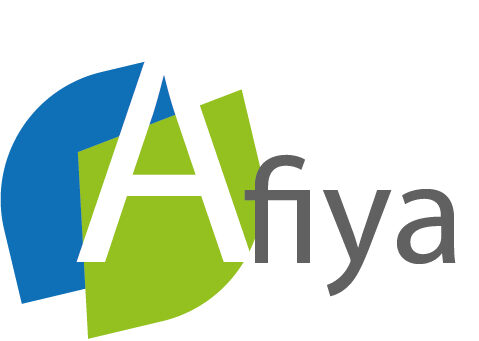

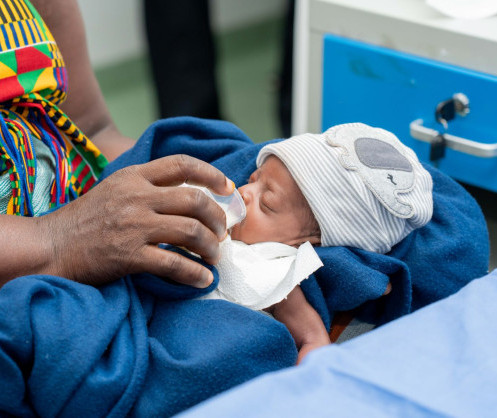
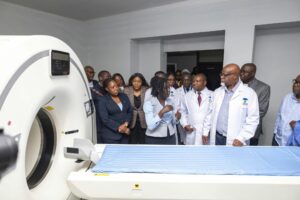
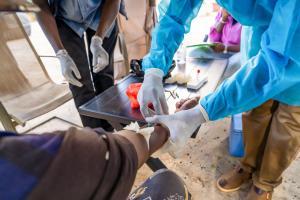
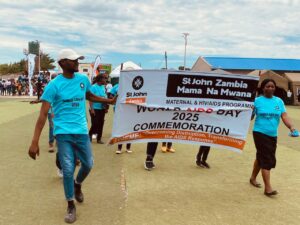
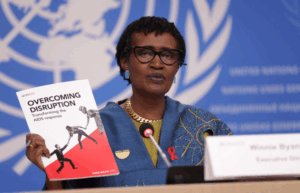
OTHER ARTICLES
Zambia : Health Sector Progress Update
Rift Valley Fever in Senegal: On the Frontline to Protect Communities
Zambia : commemorates world AIDS day